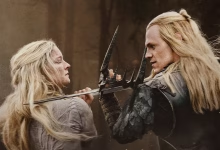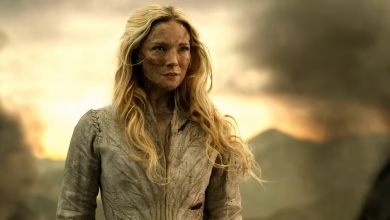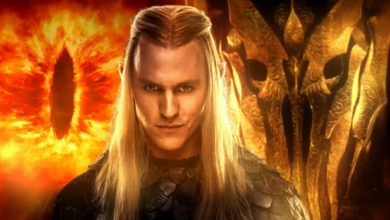Problems Amazon’s The Rings Of Power Must Fix In Season 2
Whether changes to the beloved lore of Tolkien, the condensed timeline, or weak twists, The Rings of Power needs to make some changes for season 2.
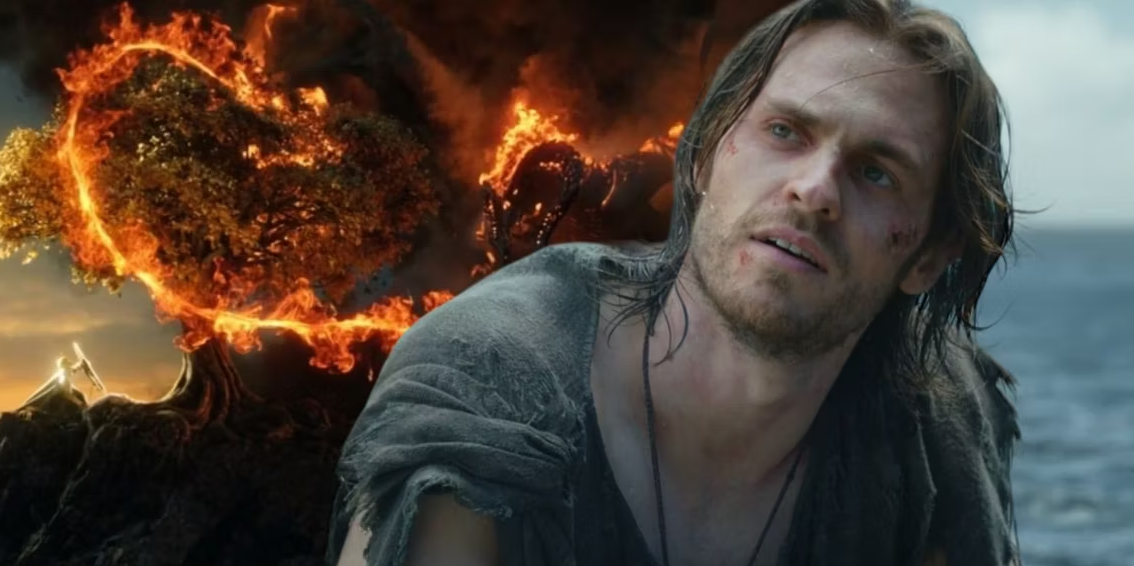
Season 1 of The Lord of the Rings: The Rings of Power had some serious problems that the show must fix for season 2 to land better. Overall, though, the series has clearly become Prime Video’s flagship fantasy series – what its competitor House of the Dragon is to HBO. Drawing inspiration from the incredible lore of J. R. R. Tolkien, The Lord of the Rings: The Rings of Power details the events of the Second Age, long before even Gollum found the One Ring. Amidst polarizing responses, the series was rightfully celebrated for the stunning visuals, sweeping score by Bear McCreary, and enticing performances and combat sequences.
Season 1 of The Lord of the Rings: The Rings of Power tackled foundational aspects of Tolkien’s stories and was a treasure trove for exciting fan theories from episode to episode, whether explaining why the elves are dying out or solving the mystery of who Sauron is and how he’s returned. The expectations were high, and while some of the responses to the show revealed extreme toxicity within the fandom, the future is bright. Filming for season 2 already commenced in October, so they’re well on their way. Yet, there’s a lot of work that needs to be done to ensure it’s as good and as thorough as can be.
Weird Tolkien Canon Changes
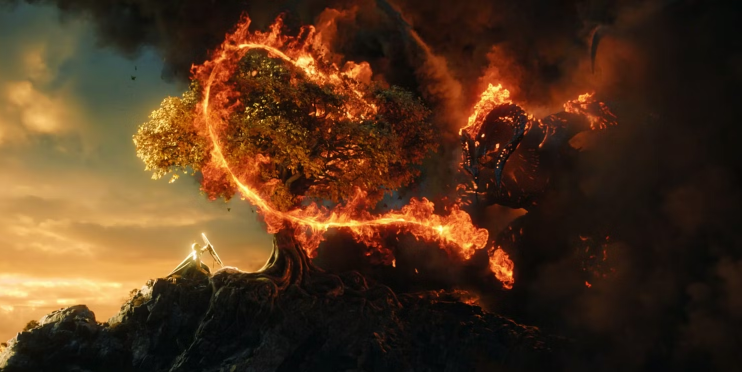
Some of the biggest problems audiences had with season 1 of The Lord of the Rings: The Rings of Power stem from changes made to the seemingly sacred lore established by Tolkien. However, it’s important to note that the Tolkien canon is quite easy to break when it comes to the Second Age because of varying perspectives across his work. Much of this age is detailed in The Silmarillion, which Amazon did not have the rights to. As such, some workarounds were necessary – but others weren’t, and thus seem gratuitous and displeasing.
Among the biggest offenders is the lore surrounding the creation of mithril. In the show, Gil-Galad details an ancient legend of a Balrog and an elf with a pure heart fighting over the last of the lost Silmarils. In this tale, they inadvertently combined their glorious power and created mithril. Such origins and its healing properties were never detailed by Tolkien and have left many puzzled at their inclusion.
Other changes hail from the condensed, altered timeline, including for example, a befuddling omission from Galadriel’s backstory and the arrival of the Stranger, an Istar when they’re not supposed to arrive until the Third Age. Such, alternations did in turn play into pacing issues. Yet, while the return of Sauron and the subsequent war spanned over centuries in the written lore, the same can’t be true for a tv show. They must exist within the parameters of men’s lifespan, rather than the immortal elves. Otherwise they’d have to constantly cycle through actors playing various human characters without giving any time for audiences to really understand or appreciate any of them.
Relying On Big Mysteries (That Viewers Already Guessed)

Tolkien’s narratives weren’t mystery box stories, yet in a way, The Lord of the Rings: The Rings of Power tried to be. As the show progressed, it developed perplexing mysteries to continually entice audiences. While some were certainly intriguing from episode to episode – particularly, regarding the identities of the Stranger and Sauron – they were all largely predictable. As for those two big mysteries, there were many clear indicators as to their solutions, so audiences were quick to develop theories early on. Thus, the impact could’ve been lessened when they were proved right in the season finale.
Some of this can be chocked up to the episodic format. They needed to ensure viewers would return the next week, and the best way to do that is to leave unanswered questions and cliffhangers. Isildur’s fate was left ambiguous following the eruption of Mount Doom. Anyone familiar with the story would know he still has a very important role to play. Obviously, Isildur can’t be dead, so such a cliffhanger seems unnecessary. In that came the issue might come from needing to cater to versed Tolkien fans and complete newcomers alike, and rightfully, they favored the latter.
Even when clues were laid out cleverly and subtly, the mysteries were easily solvable given the contexts. Audiences quickly noted the presence of a mountain early on in the Southlands arc and put two and two together to surmise that it is Mount Doom – although they probably didn’t expect to witness its eruption as soon as episode 6. Fewer mysteries are required to tell this story, though now the most significant one remaining revolves around the identities of the nine Nazgûl. Season 2 and beyond should focus more on expanding the story and the characters, and less on unnecessary mysteries that feel out of tune with this world.
Certain Characterizations Weren’t Pitched Right

The Lord of the Rings: The Rings of Power certainly had its fair share of fantastic and compelling performances. Particularly, Markella Kavanagh was utterly delightful as Nori and both Ismael Cruz Cordova and Nazanin Boniadi were perfectly in tune with each other as Arondir and Bronwyn, respectively. Other characters, unfortunately, got the short shrift and were left a bit underserved. Among the biggest offenders was Benjamin Walker’s Gil-Galad. While certainly not a bad performance, his characterization seems contradictory to the source material. Gil-Galad is described as wise, seasoned from his long tenure as High King, yet the series depicted him as more of a manipulative and foolish politician.
Perhaps it comes from the pacing issues or some of the dialogue lacking Tolkien’s distinctive flair, but it left some characters feeling underdeveloped and/or lackluster. This is even the case with the headlining protagonist, Galadriel. Her characterization as a warrior was exceptionally polarizing among the fanbase as it was deemed inaccurate to how Tolkien portrayed her. As it develops its original characters The Lord of the Rings: The Rings of Power can’t lose sight of fleshing out even the most established characters to make everything flow together seamlessly.
Middle-Earth Should Be Bigger

Middle-Earth is such a vast and intriguing land and in The Lord of the Rings: The Rings of Power, it’s different compared to The Lord of the Rings trilogy. In a way, it felt less expansive in the series, even though it had more ground to cover, literally. While The Lord of the Rings is legendary for showcasing the journey, The Lord of the Rings: The Rings of Power instead chose to focus on the destination. As such, characters were quick to go from one place to the next as their stories needed them to and the locations weren’t always given their due attention.
Importantly, except for the Harfoots and the Dwarves, who each kept to their own for the most part, the series did culminate in the final episodes with various conveniently converging storylines. However, season 1 ended with groups split and going their separate ways to new locations, including the Stranger and Nori to Rhûn, so more of Middle-Earth with be explored. While it might have been a weak point initially, season 2 of The Lord of the Rings: The Rings of Power will put in the work and bounce back respectively stronger.
